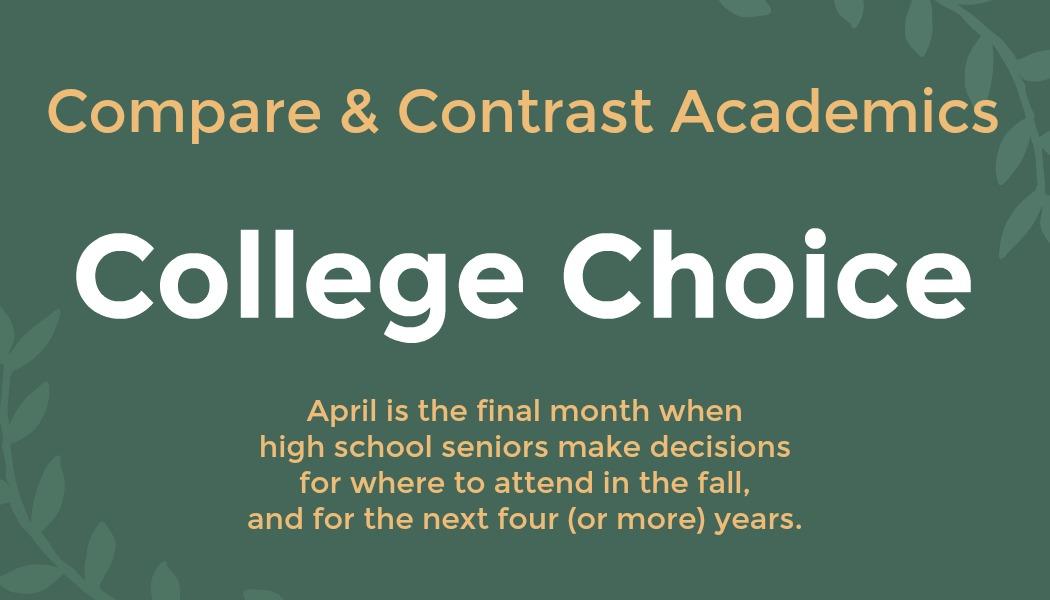Assembly Constitutional Amendment 5 (ACA 5) is proposed to repeal the provisions in Proposition 209 from 1996.
ACA 5 has been explained as a repeal of the state ban on affirmative action that “will eliminate these barriers and allow the CSU to consider race as one of many factors when developing programs,” said Timothy P. White is chancellor of CSU (CalMatters.org)
Read about what Prop 209 is here
Scroll down to see a Timeline of ACA 5
Affirmative has been defined as:
“any measure, beyond simple termination of a discriminatory practice, adopted to correct or compensate for past or present discrimination or to prevent discrimination from recurring in the future.” [U.S. Commission on Civil Rights, Statement on Affirmative Action, October 1977.]…
taking positive steps to end discrimination, to prevent its recurrence, and to create new opportunities that were previously denied minorities and women. Affirmative action has been criticized as constituting reverse discrimination, preferential treatment, stigmatizing to beneficiaries and contravening principles of merit. (aaaed.org)
Assemblywoman Shirley Weber (D-San Diego), ACA 5 author, says:
“a worthy goal would be for the enrollment of Black undergraduates across UC to reach at least the percentage of Blacks of all ages in the state’s population. That would mean going from current 4% at both UC and CSU to about 6.5%. She described that as approaching “a fair share.”
(EdSource.org)
“As we look around the world, we see there is an urgent cry — an urgent cry for change,” Weber said on the Assembly floor. “After 25 years of quantitative and qualitative data, we see that race-neutral solutions cannot fix problems steeped in race.”
(sfchronicle.com)
Supporting arguments of ACA 5 :
the proportion of “underrepresented” groups has not kept pace with the diversity of students in California K-12 schools or with the overall California population”…~… goal of proportions of college demographics to “come close to that among high school graduates across the state.” (EdSource.org)
“argue that ‘race blind’ admission policies that select applicants based on purportedly objective metrics like SAT scores or recommendation letters only reinforce existing inequalities. Such systems award coveted enrollment slots or jobs to those who can afford expansive test prep courses or who live in rarified social circles, the argument goes. (CalMatters.org)
[Prop 209] has “been devastating for women and people of color — curtailing efforts to diversify university campuses, police departments and school workforces, and costing small businesses owned by women and people of color billions of dollars in public contracts.”
Opposing arguments of ACA 5
“Under any affirmative action system, “when a particular group of students are deemed as overrepresented, they stand to lose, they stand to be hurt by these kinds of admission practices.” (CalMatters.org)… “fear the measure will lead to a drastic reduction” the largest racial group at UC campuses, Asian and Pacific Islanders. (EdSource.org)
“Some critics say the amendment would allow universities to prioritize race over other social factors in admissions and the result will be fewer low-income Blacks and Latinos enrolled as schools push to bolster those racial numbers regardless of family incomes.” (EdSource.org)
“opponents argue that instead of leveling the playing field, ACA5 would promote prejudice by allowing universities, schools and government agencies to use race or sex in their admissions criteria, hiring and procurement decisions.”(sfchronicle.com)
Brief Timeline (Scroll down for more detailed history notes):
1965, President Lyndon Baines Johnson signed Executive Order 11246 – which established requirements for non-discriminatory practices in hiring and employment on the part of U.S. government contractors
- The Regents of the University of California voted to end affirmative action programs at all University of California campuses & bipartisan Glass Ceiling Commission report is released about endurance of barriers that deny women and minorities access to decision-making positions
- California’s Proposition 209 passed in the November election.
2019, January 18 – Assemblywoman Shirley Weber (D-San Diego) authors Assembly Constitutional Amendment 5 (ACA 5)
2020:
Assembly voted 58-9 passing ACA5 – June 10, 2020
University of California Board of Regents on June 15 unanimously endorsed ACA 5
California State University unconditionally supports Assembly Constitutional Amendment 5 stated in letter written by Timothy P. White is chancellor of CSU on June 18, 2020
Senate Appropriations Committee voted 5-2 in favor of ACA 5 – Tuesday, June 23, 2020
Next, if the State Senate votes a two-thirds approval on Thursday, then ACA 5 would go to the voters statewide on Nov. 3, on the same ballot as the race for U.S. president, putting the issue in the hands of California voters.
History notes:
In 1965, President Lyndon Baines Johnson signed Executive Order 11246 – which established requirements for non-discriminatory practices in hiring and employment on the part of U.S. government contractors …”Before signing the order in September 1965, President Johnson uttered the words that continue to resonate today during his speech at Howard University’s Commencement, June 4, 1965″: (aaaed.org)
“Freedom is not enough. You do not take a person who, for years, has been hobbled by chains and liberate him; bring him up to the starting line of a race and then say, ‘you are free to compete with all the others,’ and still justly believe that you have been completely fair. Thus, it is not enough to just open the gates of opportunity. All our citizens must have the ability to walk through those gates.”
― President Lyndon B. Johnson
- The Regents of the University of California voted to end affirmative action programs at all University of California campuses. Beginning in 1997 for graduate schools and 1998 for undergraduate admissions, officials at the University were no longer allowed to use race, gender, ethnicity or national origin as a factor in admissions decisions.
- The bipartisan Glass Ceiling Commission released a report on the endurance of barriers that deny women and minorities access to decision-making positions and issued a recommendation “that corporate America use affirmative action as a tool ensuring that all qualified individuals have equal access and opportunity to compete based on ability and merit.”
- California’s Proposition 209 passed in the November election.
Is now the time to bring back affirmative action in California?
Here are systemic actions CSU plans in promoting social justice and addressing racial injustices




